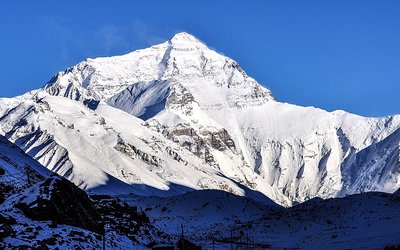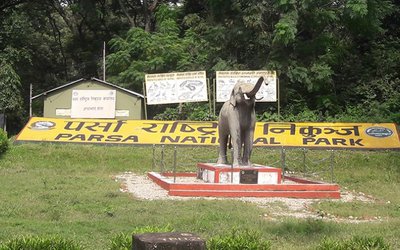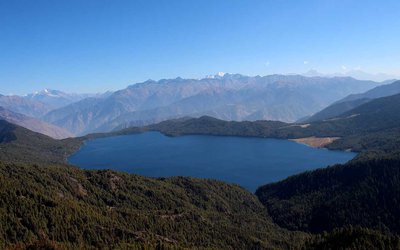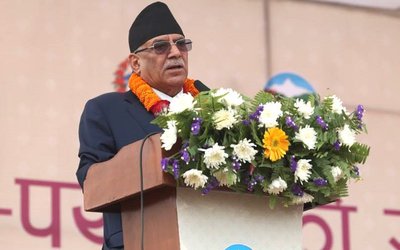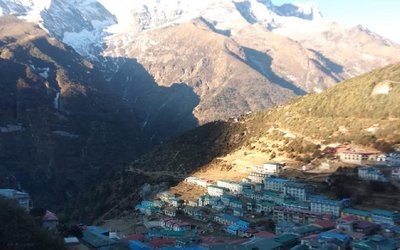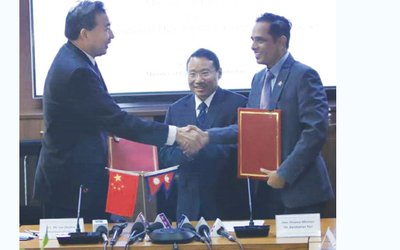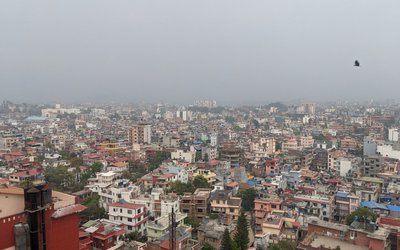
"The EU's decision to ban the Nepalese airlines from entering the European airspace is a regrettable decision. We demand its revocation," said Rameshwor Thapa, chairman of Airlines Operators Association Nepal (AOAN).
Other airlines operators echoed Thapa's demand. What we have not realized are the need to correct the security lapses in Nepal's aviation system and address the safety issues.
In the last five years, more than a dozen domestic aircraft crashed, killing almost two hundred passengers, mostly Nepalese. The air crashes continue to increase due to faulty aircraft and human errors.
In a mountainous country with STOL airports in different parts of Nepal, compromise in any safety measures means to invite more accidents and casualty of innocent people. Just last year, Nepal Airline's aircraft crashed in Jomsom due to the failure of pilot to follow the advice of Air Traffic Controller. Similarly, the airlines operators often ignore the terrain of Nepal, compelling pilots to fly the aircraft even at the risk of their life.
A number of minor incidents may have occurred in Nepal every day. Some go unnoticed and some are recorded. For instance, just a day after the decision of the European Union to ban all Nepal based airlines, under its blacklist, a Buddha Air aircraft witnessed technical glitches, while landing at the Tribhuvan International Airport in Kathmandu.
According to the Air Traffic Controller, the brakes on the plane that took off from Pokhara locked as it took a turn after touching down the runway in Kathmandu. Airlines officials described that the plane witnessed a brake lock. It was a small problem. Following the incident, oil spilled on the runway and the air traffic was disrupted for about half an hour.
Thus, Nepal’s air safety is often in question as not being at par with the international standards. Politicization in the appointment of chiefs and decision makers at the Civil Aviation Authority, a regulatory body, has made the institution weaker.
“We are making a gradual progress in reducing the non-compliance rate in air safety. We plan to reduce the rate to below the world average of 39 percent by significantly reducing air accidents and incidents within the next six months,” said Tek Bahadur Thapa Gharti, Minister for Civil Aviation, at a program organized to mark the International Civil Aviation Day.
ICAO audits countries on their level of aviation safety by utilizing eight parameters; Legislation, Organization, Licensing, Operations, Airworthiness, Accident Investigation, Air Navigation Service and Aerodromes. According to AirlineRatings.com, any airline that meets the global average for all eight parameters gets two stars towards the seven star total available.
As Nepal's regulatory authority is so much politicized, compromises on these safety parameters are common. Nepal's civil aviation authority has failed to implement the suggestions given in accident investigation reports. "Under the pressure from the ministers, many decisions were taken in midnight to issue license to airlines," said a senior official at the CAN on condition of anonymity.
With seven accidents in Nepali skies since 2012 and the loss of 36 lives, one can easily gauge the level of safety in flying Nepali carriers."Nepal must improve its safety records by adopting the measures outlined by the International Civil Aviation Organization (ICAO), the global airlines regulator.”
The EU ban came in the wake of growing lapses in air safety. Instead of improvement, as recommended by an important ICAO audit in 2011, Nepal’s non-compliance rate with ICAO standards has increased.
This is the reason foreign aviation regulators and aircraft insurers had been repeatedly threatening stern action if Nepal failed to take concrete measures to minimize the number of air crashes on its soil. According to Airlines sources, the aviation insurance in Nepal has gone much higher in recent times.
This is just a wake-up call for Nepali civil aviation authorities and government administrators. They must have realized how costly the neglect of air safety can be and how they should work towards improving the country’s dreadful air safety records more seriously. With hundreds of thousands of people still flying in these dangerous skies every year, it is never too late.
“The current safety situation in Nepal does not leave us any other choice than to put all of its carriers on the EU air-safety list,” European Transport Commissioner Siim Kallas said in a statement in Brussels. “We do hope that this ban will help the aviation authorities to improve aviation safety.”
In addition to imposing an operational ban in Europe, the blacklist can act as a guide for travelers worldwide and influence safety policies in non-EU countries. Nations that are home to carriers with poor safety records can ground them to avoid being put on the EU list, while countries keen to keep out unsafe foreign airlines can use the European list as a guide for their own bans.
"The government will take all necessary steps to improve Nepal´s aviation safety standards within the next six months. We will try to correct deficiencies that the International Civil Aviation Organization (ICAO) has pointed out," said director general of Civil Aviation Authority Ratish Chandra Lal Suman.
This was not an overnight decision. A team of CAAN officials had visited EC headquarters in Brussels in November to discuss Nepal’s aviation safety standards. "On the basis of safety information from various sources and a hearing both with the Nepali aviation authorities as well as with a number of Nepali carriers, the Commission decided to put all airlines from Nepal on the EU air safety list," in its statement Siim Kallas, EC vice-president who is also responsible for transport, said.
"Nepal has made considerable progress by reducing the percentage of ineffective implementation of the International Civil Aviation Organization (ICAO) Standards from 57 percent in 2009 to 45 per cent in 2013, compared to global average of 41 percent in 2009 to 39 percent in 2013," said Suman.
With more than hundred planes flying in Nepal's domestic sky and Nepal's airlines flying to some of routes in Asian cities, Nepal needs to prove that it is a safe country to fly in.
- TANAHU HYDROPOWER PROEJCT: A Significant Achievement
- Apr 15, 2024
- AMBASSADOR HANAN GODAR: Sharing Pain With A Nepali Family
- Mar 30, 2024
- VISIT OF KfW AND EIB TO NEPAL : Mission Matters
- Mar 25, 2024
- NEPAL BRITAIN SOCIETY: Pratima Pande's Leadership
- Mar 24, 2024
- NEPAL ARMY DAY: Time To Recall Glory
- Mar 15, 2024

